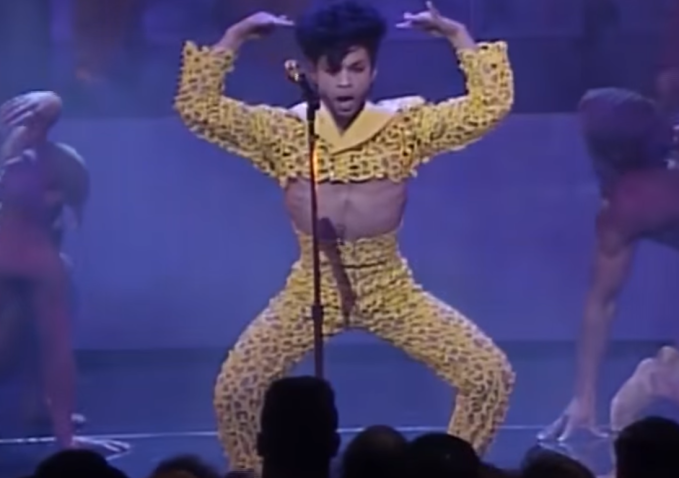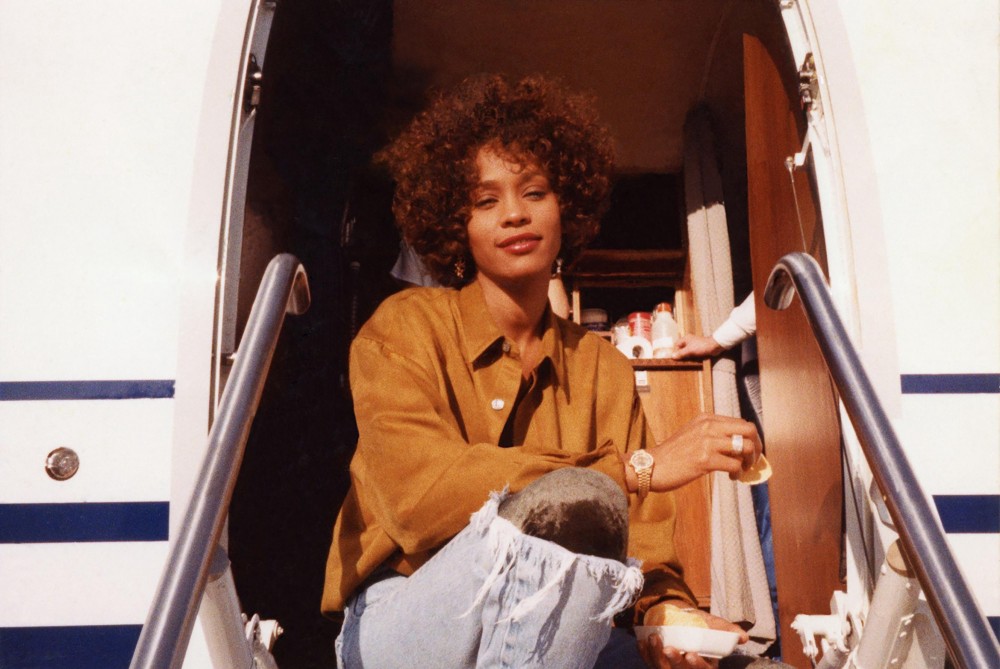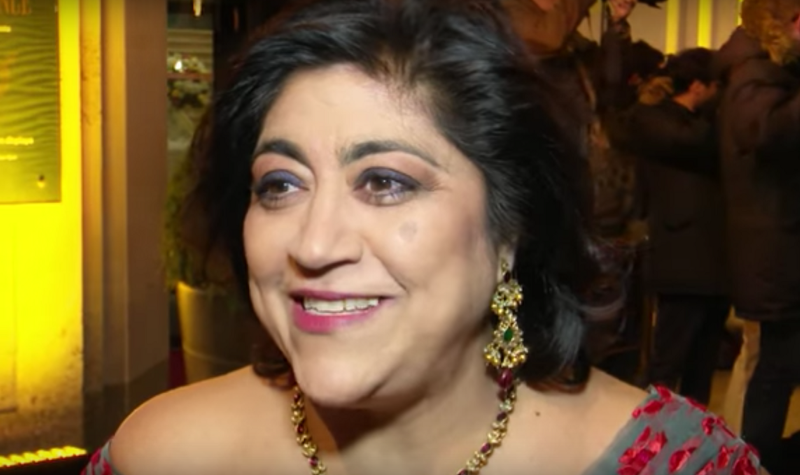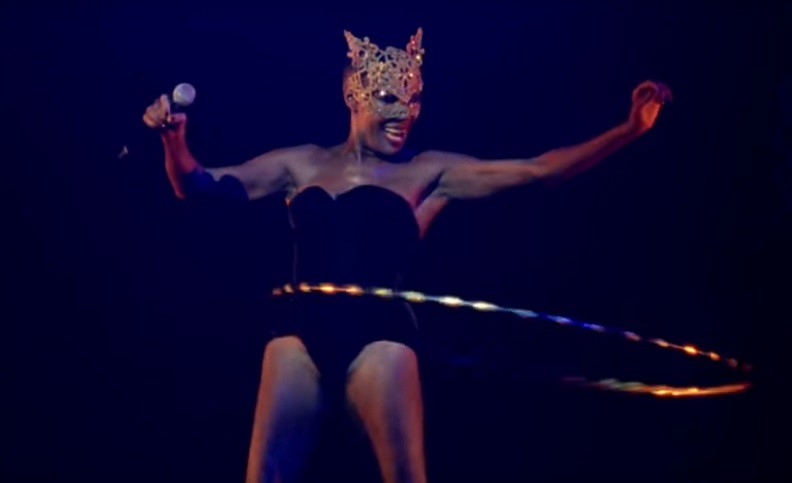The permission to be weird isn’t so much granted as it is finally realized. Yet if you were a queer kid growing up in the 1980s, the permission to be weird was something you thought would never happen.
For LGBT people in the ’80s, the world was all Ronald Reagan and “Just Say No” and AIDS. In the ’80s there was no Ellen DeGeneres or Neil Patrick Harris smiling out and proud from the cover of magazines at you. Aside from probably Martina Navratilova, the most famous gay people you knew of were dead — Harvey Milk, Rock Hudson, et al. And the news was filled with frightening images of others, frail and forgotten. The pressure to conform, to not stand out, to appear normal was enormous — particularly for those of us who came of age with the implicit knowledge that there is something very different about us. And all too often, you were told, that difference carried a death sentence.
But then, blaring from the radio and slinking across the TV screen, there was Prince. At once so wondrously weird and unabashedly erotic, he was the antidote for the popped polo collar sameness that confronted us secret weirdos every day in the hallways. Here was a man in lace and heels. A slim mustachioed figure who cut a swath of manicured perfection across life’s grand stage. Prince didn’t just appear genderfluid, he also sang about it explicitly. In his 1984 smash “I Would Die 4 U” (where, once again, he was light-years ahead of us all in his use of texting speak) he sang: “I’m not a woman. I’m not a man. I’m something that you’ll never understand.”
Prince was one of the few who seemed to invite women so explicitly into the party.
Granted, Prince was not the only artist of the era to let his freak flag fly. He is joined by David Bowie and Boy George and Annie Lennox — oh, sweet Moses, Annie Lennox — in embracing an unapologetic androgyny that would make the Gipper generation gasp. But Prince was one of the few who seemed to invite women so explicitly into the party. From featuring women prominently in his band the Revolution (including out musicians Wendy & Lisa), to his slew of talented female protégés (including Sheena Easton, Apollonia and Vanity), Prince clearly embraced the female aesthetic in his art. But these women weren’t just window dressing — they could really play and he gave them the spotlight to do so. Just as extraordinary was how Prince embraced life in a way that seemed diametrically opposed to the times. Nothing about his persona suggested cloistered fear or glossy conformity. He was brash and sexual. He enjoyed life and reveled in its mystery. He told us it was OK to be an eccentric, be a genius, be a weirdo. Let’s go crazy. Let’s get nuts.
For a young qay girl growing up in the Midwest like me, he presented a confusing yet intoxicating mix of messages. Here was a man who clearly loves women, who was nearly as beautiful as any woman, whose music spoke to us all about desire — regardless of gender or sexuality. Here was a man who made his own rules, molded his own legacy. Here is a man who made himself into exactly what he wanted to be — no matter what other people thought.
His sudden passing yesterday is a loss for the world, but a reminder that if we gather together we can get through this thing called life. Everything Prince did was weird. Still, somehow, everything Prince did was cool. He made it cool to be weird. And in doing so allowed so many of us — women, men, gay, straight, genderqueer, black, white, what have you — to realize that we could all be a little weird, too.
Originally published at blogs.indiewire.com on April 22, 2016.







